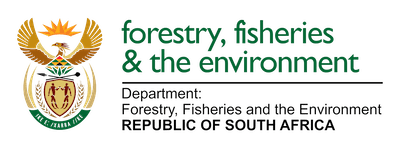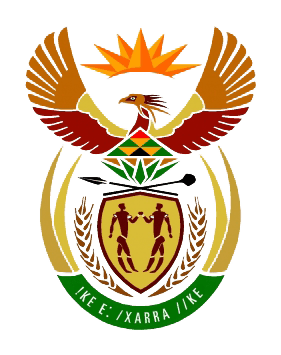
by Ria Olivier | Oct 7, 2025 | Antarctica, Current Event, Gough Island, International Days, Marine Protected Area, Marion Island
October marks the celebration of Maritime Month, a time when nations across the world reflect on the vital role that oceans, ships, and seafarers play in connecting the global community. In South Africa, a country with a proud maritime heritage and stewardship of some of the world’s most important sea routes. South Africa celebrates maritime month and highlights the significance of our oceans to trade, research, and environmental sustainability. As a nation deeply intertwined with the Southern Ocean, South Africa’s maritime strength extends far beyond its ports — it reaches all the way to Antarctica through the work of the South African National Antarctic Programme (SANAP).
Within SANAP, maritime excellence is at the heart of our operations. Each expedition to Marion Island, Gough Island, and Antarctica depends on the dedication and skill of South Africa’s maritime professionals — from the crews who navigate the S.A. Agulhas II, to the scientists and support teams who rely on her safe passage to conduct world-leading research in some of the planet’s most remote and challenging environments. As we celebrate Maritime Month, SANAP honours all those who make these voyages possible, and reaffirms our commitment to sustainable ocean science, environmental protection, and the advancement of South Africa’s blue economy.
Marine Month 2025: 1 to 31 October
- National Marine Month creates awareness of South Africa’s marine and coastal environments and the benefits that our oceans bring to our nation. South Africa is nestled between two currents; the warm Agulhas Current with rich ocean biodiversity and the cold Benguela. These currents, in addition to the cold southern oceans, are key drivers of South Africa climate and rainfall conditions. South Africa’s different climatic zones, with its different bio-diversities, agricultural and economic activities, are shaped by the availability of one of our scarcest resources, namely fresh water.
Feature Photo: Taken by Jean Brundrit with a lens made with ice – read more here

by Ria Olivier | Sep 25, 2025 | International Days, Marine Protected Area, Research, SA Agulhas II
On 25 September 2025, the world comes together to mark World Maritime Day under the theme “Our Ocean, Our Obligation, Our Opportunity.” This theme reflects the ocean’s critical role in our climate system, biodiversity, and economy, while reminding us of the shared responsibility to protect and sustainably use this vast and fragile resource. With over 80% of global trade moving by sea, maritime activity is inseparable from the health of our ocean and the future of our planet.
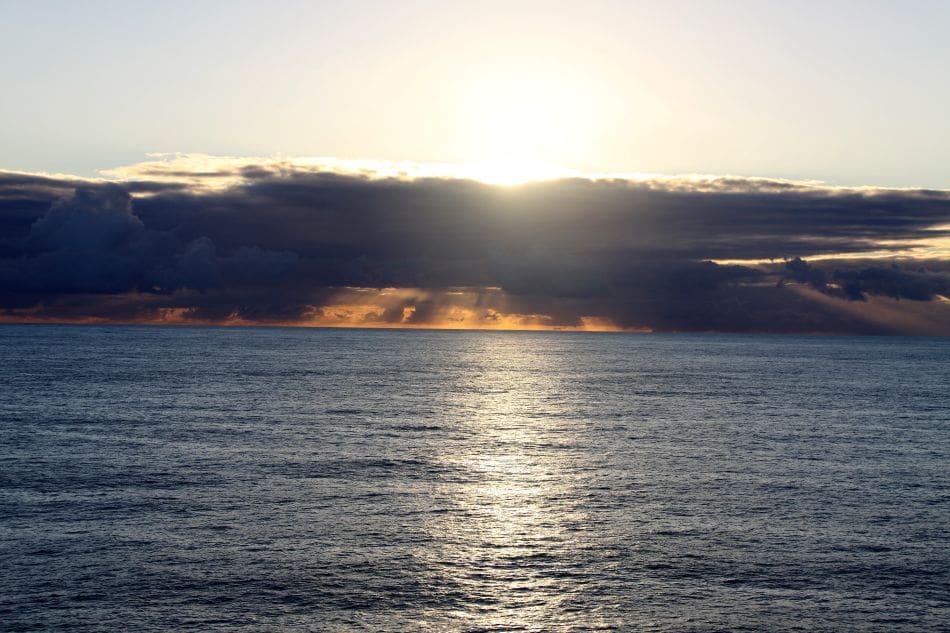 For the South African National Antarctic Programme (SANAP), this year’s theme resonates deeply. As custodians of South Africa’s polar research efforts, SANAP rely on our dedicated polar research and supply vessel, the SA Agulhas II, to undertake vital voyages into the Southern Ocean, Antarctica and Marion and Gough Islands. These expeditions not only sustain South Africa’s research stations but also contribute to global science on ocean health, climate change, and biodiversity in one of the world’s most important yet vulnerable regions.
For the South African National Antarctic Programme (SANAP), this year’s theme resonates deeply. As custodians of South Africa’s polar research efforts, SANAP rely on our dedicated polar research and supply vessel, the SA Agulhas II, to undertake vital voyages into the Southern Ocean, Antarctica and Marion and Gough Islands. These expeditions not only sustain South Africa’s research stations but also contribute to global science on ocean health, climate change, and biodiversity in one of the world’s most important yet vulnerable regions.
 Through SANAP’s work, South Africa plays an active role in the international maritime and research community—advancing knowledge about ocean systems, contributing to global climate models, and strengthening collective efforts to safeguard marine environments. The SA Agulhas II is more than just a ship; it is a floating laboratory, a logistical lifeline, and a symbol of our commitment to “Our Ocean, Our Obligation, Our Opportunity.”
Through SANAP’s work, South Africa plays an active role in the international maritime and research community—advancing knowledge about ocean systems, contributing to global climate models, and strengthening collective efforts to safeguard marine environments. The SA Agulhas II is more than just a ship; it is a floating laboratory, a logistical lifeline, and a symbol of our commitment to “Our Ocean, Our Obligation, Our Opportunity.”
As the world lights up landmarks in blue to celebrate World Maritime Day, SANAP stands proudly alongside the global maritime community in reaffirming our responsibility: to study, protect, and share the opportunities of our ocean for generations to come.

by Ria Olivier | Sep 16, 2025 | Announcement, Antarctica, International Days
On 16 September, we join the global community in celebrating the International Day for the Preservation of the Ozone Layer, commemorating the signing of the Montreal Protocol in 1987. The ozone layer acts as Earth’s protective shield, filtering harmful ultraviolet (UV) radiation from the sun. Thanks to international cooperation and scientific research, the ozone hole is slowly healing, reminding us of the power of collective action in safeguarding our planet.
 South Africa contributes directly to this global effort through the South African National Antarctic Programme (SANAP). At SANAE IV in Antarctica, as well as on Marion and Gough Islands, SANAP scientists conduct long-term atmospheric and environmental monitoring. This includes measuring stratospheric ozone levels, UV radiation, and atmospheric interactions—critical data that help track ozone recovery and understand climate–ozone linkages.
South Africa contributes directly to this global effort through the South African National Antarctic Programme (SANAP). At SANAE IV in Antarctica, as well as on Marion and Gough Islands, SANAP scientists conduct long-term atmospheric and environmental monitoring. This includes measuring stratospheric ozone levels, UV radiation, and atmospheric interactions—critical data that help track ozone recovery and understand climate–ozone linkages.
By providing empirical observations from the Antarctic—one of the most sensitive regions for ozone depletion—SANAP’s research supports international scientific assessments and strengthens policy decisions under the Montreal Protocol. Today, as we mark Ozone Day, we celebrate the progress made and reaffirm SANAP’s commitment to advancing research that protects both the ozone layer and future generations.

by Ria Olivier | Aug 11, 2025 | International Days, Marine Protected Area, Microbiology, Research, SANAP, Science, Southern Ocean
 Every year on 11 August, World Krill Day draws global attention to the small but mighty Antarctic krill (Euphausia superba)—a cornerstone of the Southern Ocean ecosystem. For decades, the South African National Antarctic Programme (SANAP) has played a role in advancing krill research, from early expeditions that mapped their distribution and seasonal abundance, to long-term monitoring of how environmental change impacts their population dynamics. Historical studies conducted on board research vessels such as the SA Agulhas have built a foundation of knowledge on krill biology, diet, and role in supporting predators like penguins, seals, and whales. These efforts have helped inform sustainable fishing guidelines and contributed to international collaborations through the Commission for the Conservation of Antarctic Marine Living Resources (CCAMLR).
Every year on 11 August, World Krill Day draws global attention to the small but mighty Antarctic krill (Euphausia superba)—a cornerstone of the Southern Ocean ecosystem. For decades, the South African National Antarctic Programme (SANAP) has played a role in advancing krill research, from early expeditions that mapped their distribution and seasonal abundance, to long-term monitoring of how environmental change impacts their population dynamics. Historical studies conducted on board research vessels such as the SA Agulhas have built a foundation of knowledge on krill biology, diet, and role in supporting predators like penguins, seals, and whales. These efforts have helped inform sustainable fishing guidelines and contributed to international collaborations through the Commission for the Conservation of Antarctic Marine Living Resources (CCAMLR).
Today, SANAP’s scientists continue to track krill populations using modern acoustic survey techniques, satellite-linked oceanographic data, and advanced modelling to understand how sea ice shifts and warming waters may affect their future. Current projects explore krill’s role in the carbon cycle and their resilience to environmental stress, while future research aims to integrate genetic studies to assess population connectivity across the Southern Ocean. By combining historical data with cutting-edge science, SANAP is helping to safeguard this keystone species—and, in turn, the health of the entire Antarctic ecosystem.
 On this World Krill Day, we celebrate not just the species itself, but the decades of South African research dedicated to understanding and protecting it.
On this World Krill Day, we celebrate not just the species itself, but the decades of South African research dedicated to understanding and protecting it.
Documents and references available on ALSA Repository

by Ria Olivier | Aug 9, 2025 | Antarctica, Gough Island, Humanities, International Days, Legacy, Marion Island, SANAE, Southern Ocean, Women in Science
Celebrating the Women of SANAP this Women’s Month
Ukubhiyozela Amabhinqa SANAP kule Nyanga Yabafazi
Sibungaza Abesifazane SANAP Kule Nyanga Yabesifazane
Ho Keteka Basali SANAP Kgweding ya Basadi
Ons Vier die Vroue van SANAP in Vrouemaand
 Each year on the 9th of August, South Africans of all backgrounds, races and cultural groups join together in celebrating National Women’s Day. This significant day, and the month of August as a whole, offers us the opportunity to honour the remarkable women who continue to shape the South African National Antarctic Programme (SANAP). From overwintering team members braving the extremes of Antarctica, Marion and Gough Islands, to the researchers expanding our understanding of climate, ocean, and biodiversity systems — their contributions are integral to SANAP’s mission.
Each year on the 9th of August, South Africans of all backgrounds, races and cultural groups join together in celebrating National Women’s Day. This significant day, and the month of August as a whole, offers us the opportunity to honour the remarkable women who continue to shape the South African National Antarctic Programme (SANAP). From overwintering team members braving the extremes of Antarctica, Marion and Gough Islands, to the researchers expanding our understanding of climate, ocean, and biodiversity systems — their contributions are integral to SANAP’s mission.
 We also pay tribute to the women behind the scenes: administrators, logistics coordinators, construction workers, and technical staff who ensure the success of every expedition and the operation of our remote bases. These women embody resilience, leadership, and innovation in one of the world’s most challenging environments.
We also pay tribute to the women behind the scenes: administrators, logistics coordinators, construction workers, and technical staff who ensure the success of every expedition and the operation of our remote bases. These women embody resilience, leadership, and innovation in one of the world’s most challenging environments.
As we celebrate Women’s Month, SANAP proudly acknowledges and thanks all women — past and present — whose dedication and excellence drive our programme forward.

by Ria Olivier | Jul 31, 2025 | International Days, Marine Protected Area, Marion Island, Prince Edward Island, SANAP
Today, on Marine Protected Areas (MPA) Day, we join a growing global community in celebrating the ocean’s incredible biodiversity and the sanctuaries that safeguard it. This year’s theme, “Ocean Protection Needs Human Connection”, is a powerful reminder that the health of our oceans is inseparably linked to the actions and commitment of people.
 MPA Day, shines a spotlight on the importance of Marine Protected Areas in ocean conservation, sustainable development, and the well-being of communities across the globe. The date—1 August—honours the momentous 2019 declaration of 20 new or expanded MPAs in South Africa. Since then, MPA Day has grown into a United Nations Ocean Decade-endorsed international movement.
MPA Day, shines a spotlight on the importance of Marine Protected Areas in ocean conservation, sustainable development, and the well-being of communities across the globe. The date—1 August—honours the momentous 2019 declaration of 20 new or expanded MPAs in South Africa. Since then, MPA Day has grown into a United Nations Ocean Decade-endorsed international movement.

 The Prince Edward Islands MPA: South Africa’s Sub-Antarctic Treasure: In the remote reaches of the Southern Ocean lies one of South Africa’s most unique and ecologically valuable MPAs—the Prince Edward Islands Marine Protected Area, comprising the volcanic Marion Island and the smaller Prince Edward Island. Together, they represent South Africa’s only sub-Antarctic territory, rich in biodiversity and scientific significance. Declared in 2013, this MPA protects 30% of South Africa’s Southern Ocean territory, encompassing 80% of its marine ecosystem diversity. These waters are a haven for marine life—from krill and Patagonian toothfish to charismatic top predators like seals, seabirds, and killer whales.
The Prince Edward Islands MPA: South Africa’s Sub-Antarctic Treasure: In the remote reaches of the Southern Ocean lies one of South Africa’s most unique and ecologically valuable MPAs—the Prince Edward Islands Marine Protected Area, comprising the volcanic Marion Island and the smaller Prince Edward Island. Together, they represent South Africa’s only sub-Antarctic territory, rich in biodiversity and scientific significance. Declared in 2013, this MPA protects 30% of South Africa’s Southern Ocean territory, encompassing 80% of its marine ecosystem diversity. These waters are a haven for marine life—from krill and Patagonian toothfish to charismatic top predators like seals, seabirds, and killer whales.
Marion Island is more than just a rugged sub-Antarctic outpost—it is a living laboratory and sanctuary:
- Home to 40% of the world’s wandering albatrosses
- Teeming with millions of penguins, albatrosses, petrels, and seals
- Hosts unique benthic (seafloor) ecosystems found nowhere else in South Africa
- Provides essential feeding grounds for top predators
- A permanent weather station contributes vital data for monitoring climate change in the Southern Ocean
While the marine protections are robust, terrestrial threats persist. Invasive house mice, introduced in the 1800s, have devastated native invertebrates and seabird populations. The Mouse-Free Marion Project, aims to eradicate these invaders and restore the island’s fragile ecosystem. This year’s theme “Ocean Protection Needs Human Connection”—resonates deeply with the work being done at Marion Island. Scientists, conservationists, and policymakers must collaborate to protect this unique MPA. But the connection goes even deeper: through awareness, education, and support, every person has a role to play in safeguarding the ocean.
On MPA Day, we not only celebrate these protected places
we commit ourselves to ensuring they thrive for generations to come.
Feature photo credit Ben van der Walt – Antarctic Legacy of South Africa repository
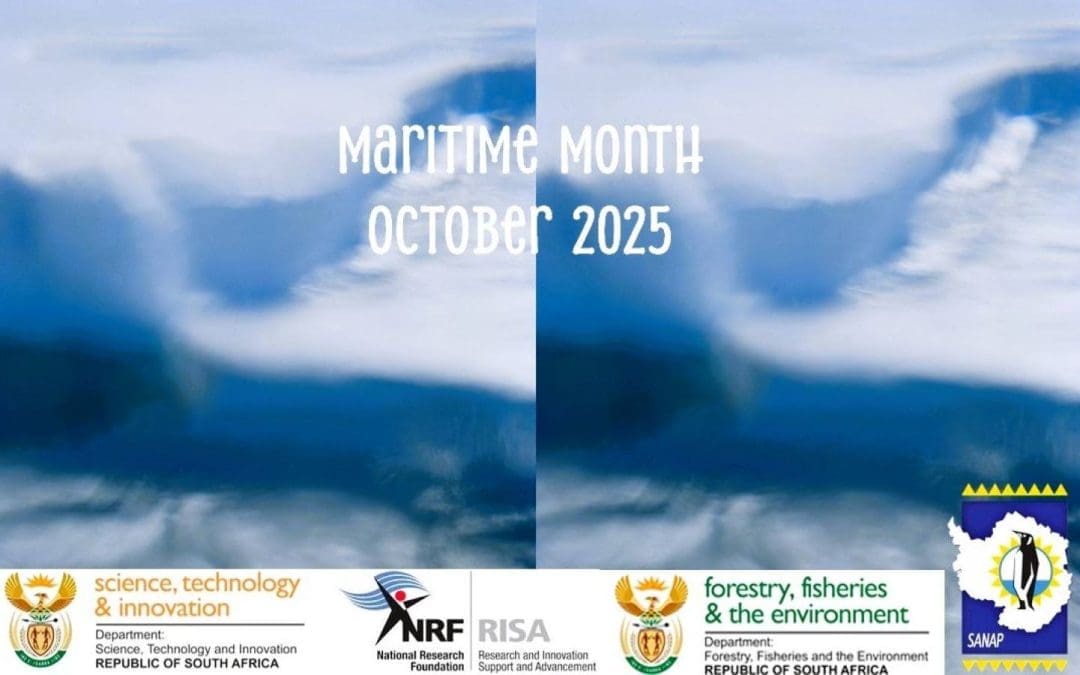
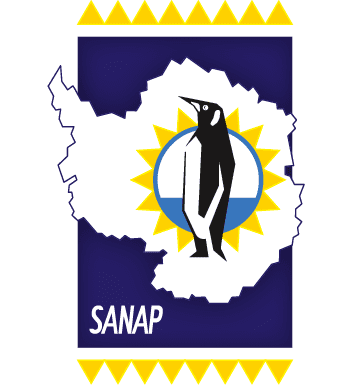
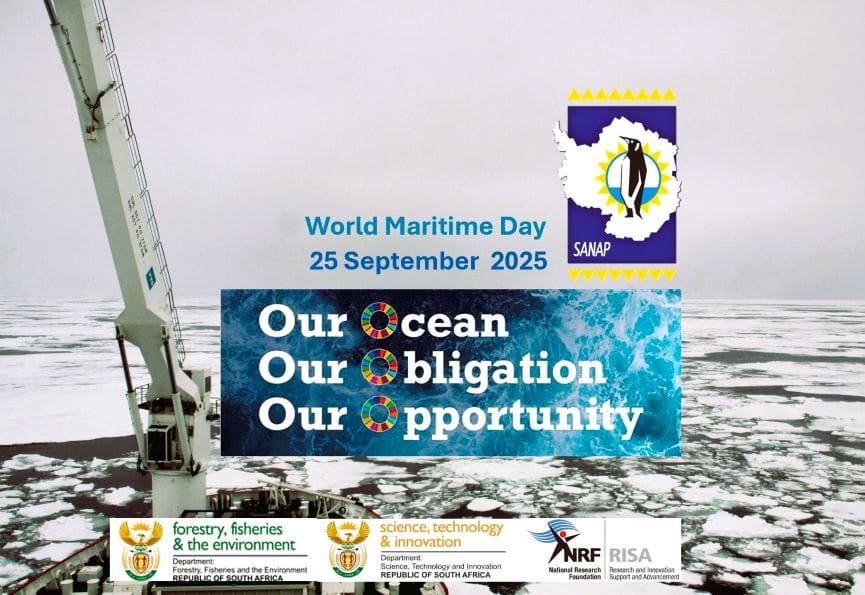
 For the South African National Antarctic Programme (SANAP), this year’s theme resonates deeply. As custodians of
For the South African National Antarctic Programme (SANAP), this year’s theme resonates deeply. As custodians of  Through SANAP’s work, South Africa plays an active role in the international maritime and research community—advancing knowledge about ocean systems, contributing to global climate models, and strengthening collective efforts to safeguard marine environments. The SA Agulhas II is more than just a ship; it is a floating laboratory, a logistical lifeline, and a symbol of our commitment to “Our Ocean, Our Obligation, Our Opportunity.”
Through SANAP’s work, South Africa plays an active role in the international maritime and research community—advancing knowledge about ocean systems, contributing to global climate models, and strengthening collective efforts to safeguard marine environments. The SA Agulhas II is more than just a ship; it is a floating laboratory, a logistical lifeline, and a symbol of our commitment to “Our Ocean, Our Obligation, Our Opportunity.”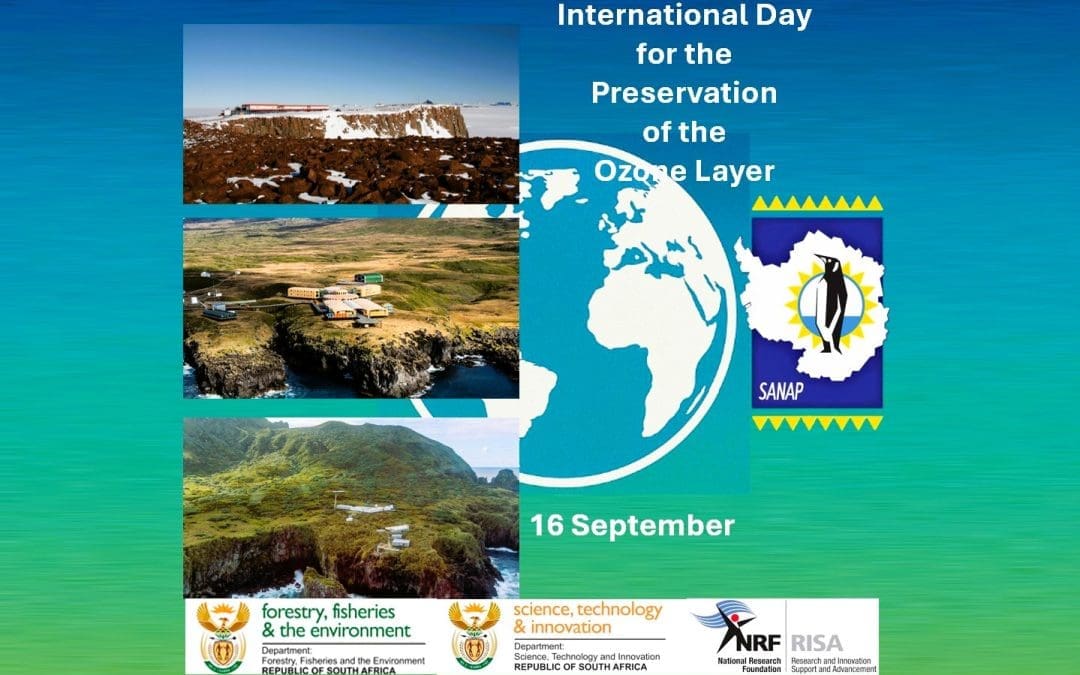
 South Africa contributes directly to this global effort through the South African National Antarctic Programme (SANAP). At SANAE IV in Antarctica, as well as on Marion and Gough Islands, SANAP scientists conduct long-term atmospheric and environmental monitoring. This includes measuring stratospheric ozone levels, UV radiation, and atmospheric interactions—critical data that help track ozone recovery and understand climate–ozone linkages.
South Africa contributes directly to this global effort through the South African National Antarctic Programme (SANAP). At SANAE IV in Antarctica, as well as on Marion and Gough Islands, SANAP scientists conduct long-term atmospheric and environmental monitoring. This includes measuring stratospheric ozone levels, UV radiation, and atmospheric interactions—critical data that help track ozone recovery and understand climate–ozone linkages.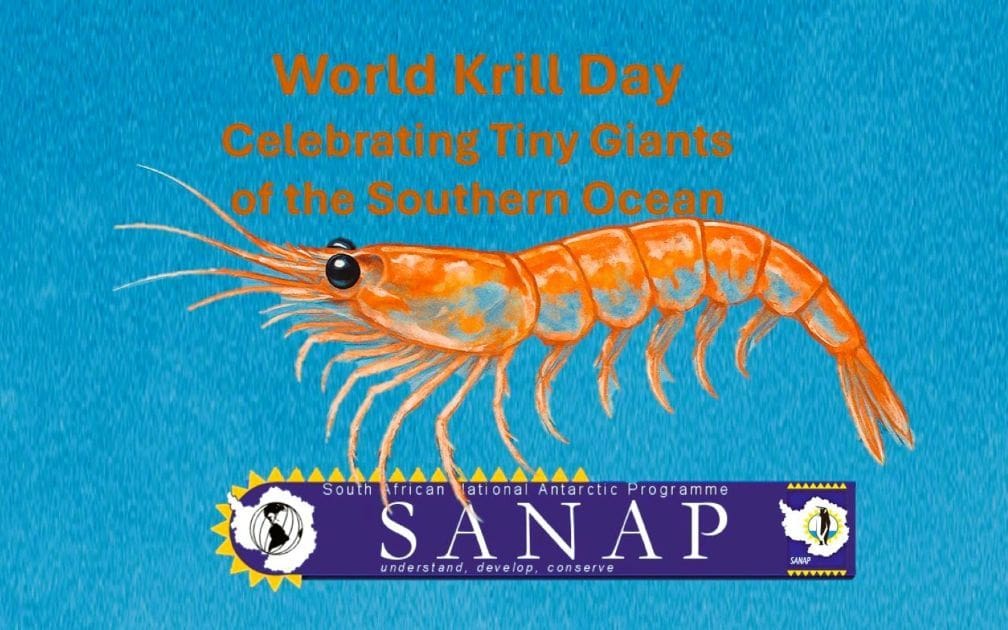
 Every year on 11 August,
Every year on 11 August, 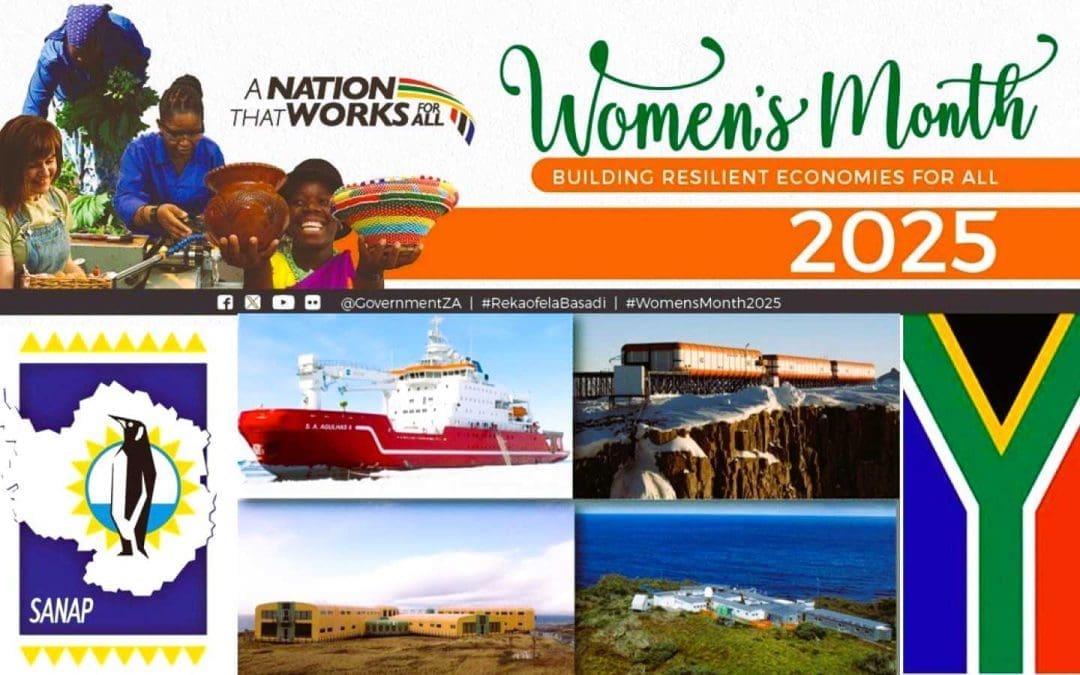
 Each year on the 9th of August, South Africans of all backgrounds, races and cultural groups join together in celebrating
Each year on the 9th of August, South Africans of all backgrounds, races and cultural groups join together in celebrating 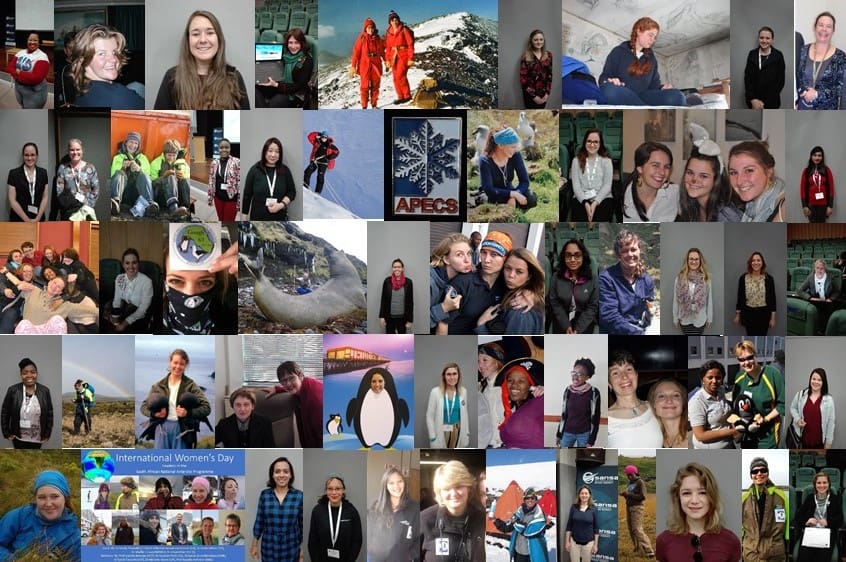 We also pay tribute to the women behind the scenes: administrators, logistics coordinators, construction workers, and technical staff who ensure the success of every expedition and the operation of our remote bases. These women embody resilience, leadership, and innovation in one of the world’s most challenging environments.
We also pay tribute to the women behind the scenes: administrators, logistics coordinators, construction workers, and technical staff who ensure the success of every expedition and the operation of our remote bases. These women embody resilience, leadership, and innovation in one of the world’s most challenging environments.
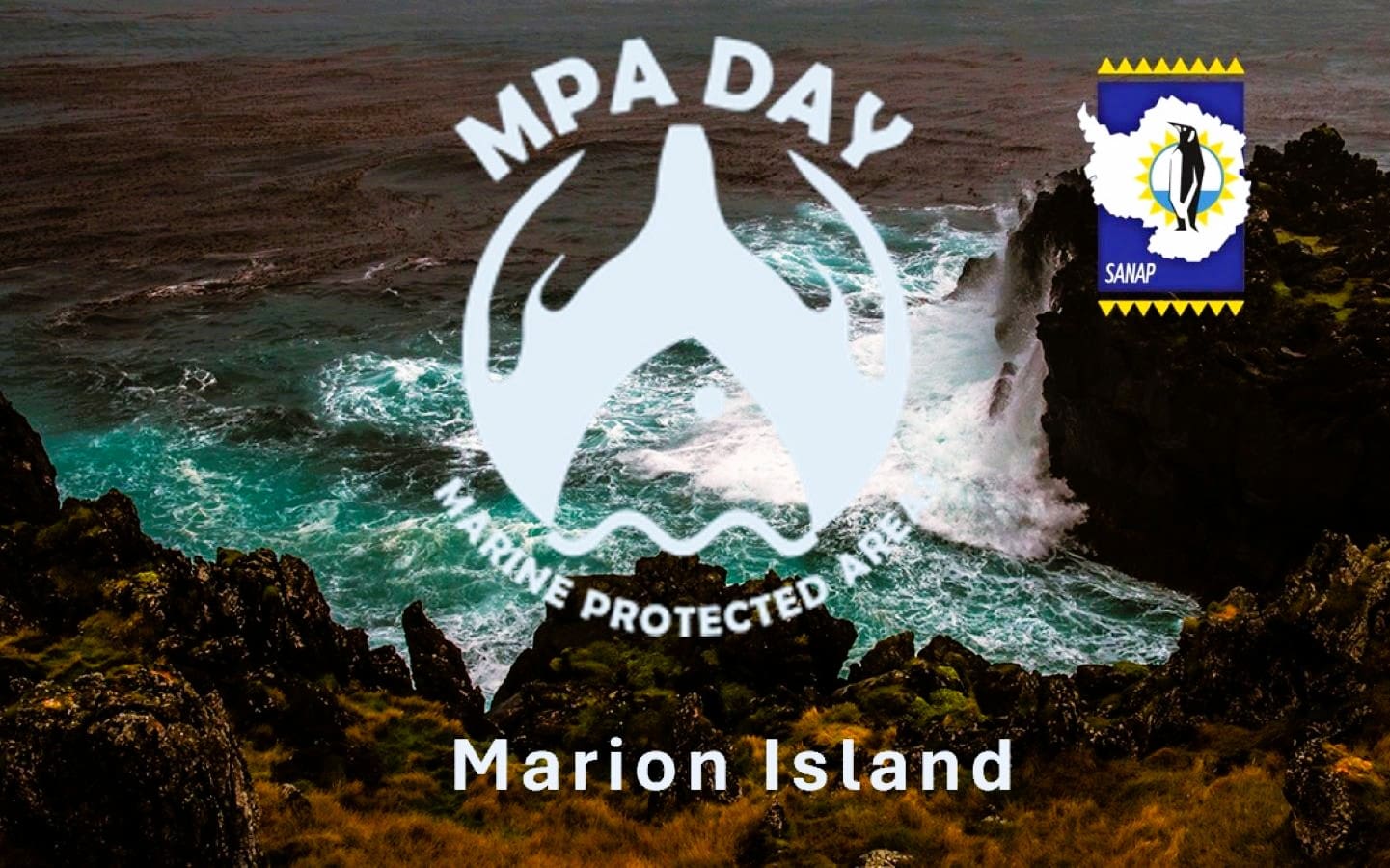 MPA Day, shines a spotlight on the importance of Marine Protected Areas in ocean conservation, sustainable development, and the well-being of communities across the globe. The date—1 August—honours the momentous 2019 declaration of 20 new or expanded MPAs in South Africa. Since then, MPA Day has grown into a United Nations Ocean Decade-endorsed international movement.
MPA Day, shines a spotlight on the importance of Marine Protected Areas in ocean conservation, sustainable development, and the well-being of communities across the globe. The date—1 August—honours the momentous 2019 declaration of 20 new or expanded MPAs in South Africa. Since then, MPA Day has grown into a United Nations Ocean Decade-endorsed international movement.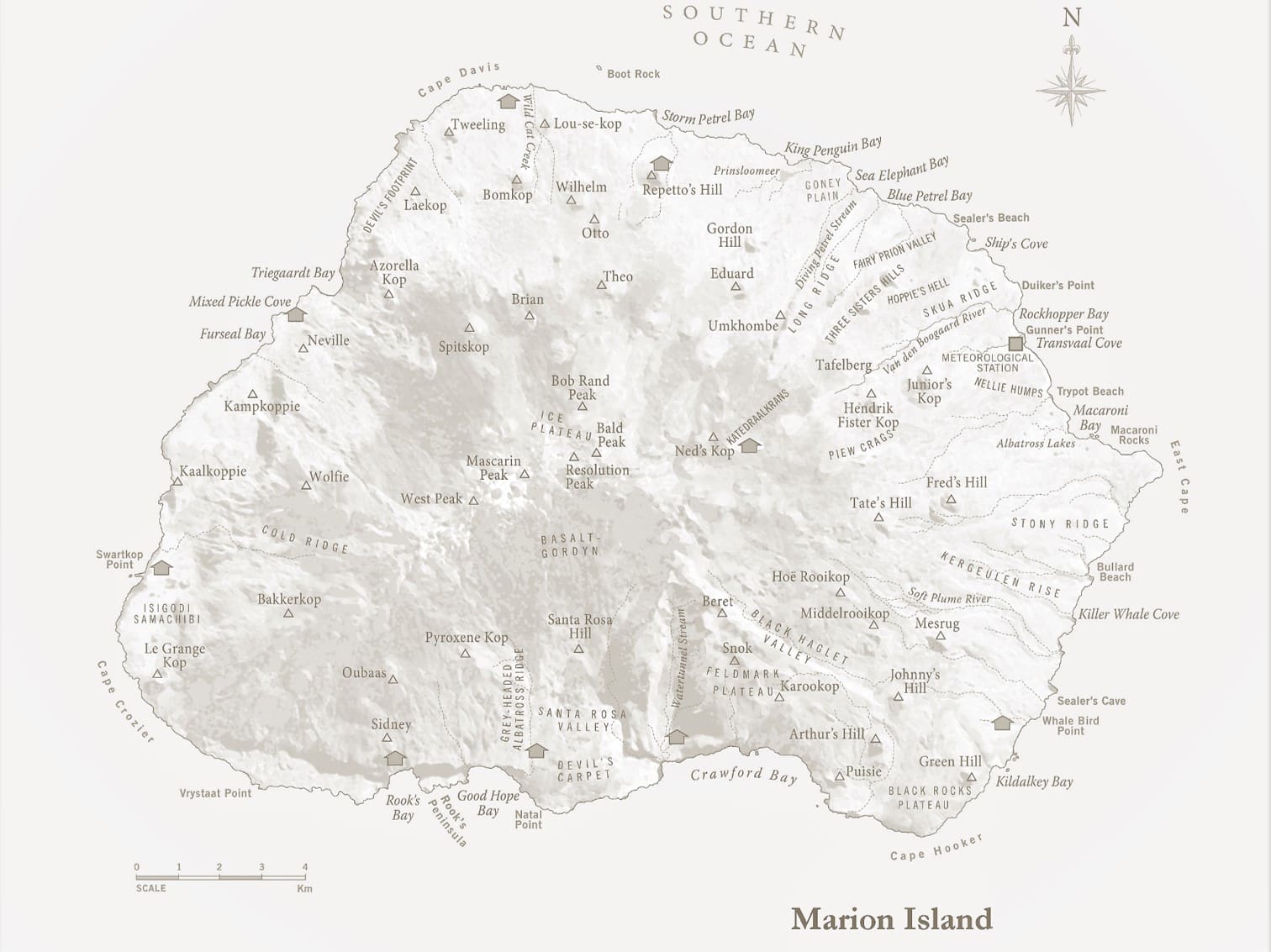
 The Prince Edward Islands MPA: South Africa’s Sub-Antarctic Treasure: In the remote reaches of the Southern Ocean lies one of South Africa’s most unique and ecologically valuable MPAs—the Prince Edward Islands Marine Protected Area, comprising the volcanic Marion Island and the smaller Prince Edward Island. Together, they represent South Africa’s only sub-Antarctic territory, rich in biodiversity and scientific significance. Declared in 2013, this MPA protects 30% of South Africa’s Southern Ocean territory, encompassing 80% of its marine ecosystem diversity. These waters are a haven for marine life—from krill and Patagonian toothfish to charismatic top predators like seals, seabirds, and killer whales.
The Prince Edward Islands MPA: South Africa’s Sub-Antarctic Treasure: In the remote reaches of the Southern Ocean lies one of South Africa’s most unique and ecologically valuable MPAs—the Prince Edward Islands Marine Protected Area, comprising the volcanic Marion Island and the smaller Prince Edward Island. Together, they represent South Africa’s only sub-Antarctic territory, rich in biodiversity and scientific significance. Declared in 2013, this MPA protects 30% of South Africa’s Southern Ocean territory, encompassing 80% of its marine ecosystem diversity. These waters are a haven for marine life—from krill and Patagonian toothfish to charismatic top predators like seals, seabirds, and killer whales.
